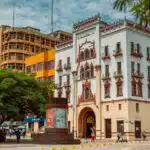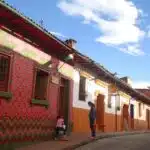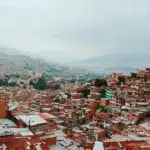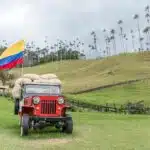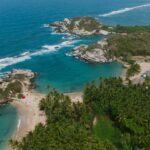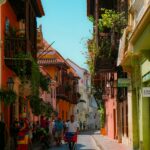The history of Colombia is deeply intertwined with the rise and fall of notorious drug cartels, with Pablo Escobar being one of the most infamous figures. Exploring this complex and dark chapter offers insights into the country’s turbulent past and its ongoing journey towards peace and recovery.
The Rise of Pablo Escobar
Pablo Escobar, known as the “King of Cocaine,” was the leader of the Medellín Cartel, which dominated the global cocaine trade in the 1980s and early 1990s. At the height of his power, Escobar was one of the richest men in the world, responsible for approximately 80% of the cocaine smuggled into the United States. His empire was built on violence, corruption, and fear, leading to thousands of deaths and widespread suffering.
Key Locations Linked to Pablo Escobar
Medellín
- Hacienda Nápoles: Once Escobar’s luxurious estate, Hacienda Nápoles is now a theme park and memorial site. Visitors can see remnants of Escobar’s opulence, including vintage cars, a private zoo, and a museum documenting his reign and impact on Colombia.
- La Catedral: Escobar’s self-designed prison, La Catedral, offered him a luxurious life behind bars until his escape in 1992. The site, located in the mountains near Medellín, offers tours that provide a glimpse into Escobar’s unusual imprisonment.
- Comuna 13: This neighborhood in Medellín was once one of the most dangerous areas due to cartel violence. Today, it stands as a symbol of transformation and resilience, known for its vibrant street art and community projects aimed at rebuilding and healing.
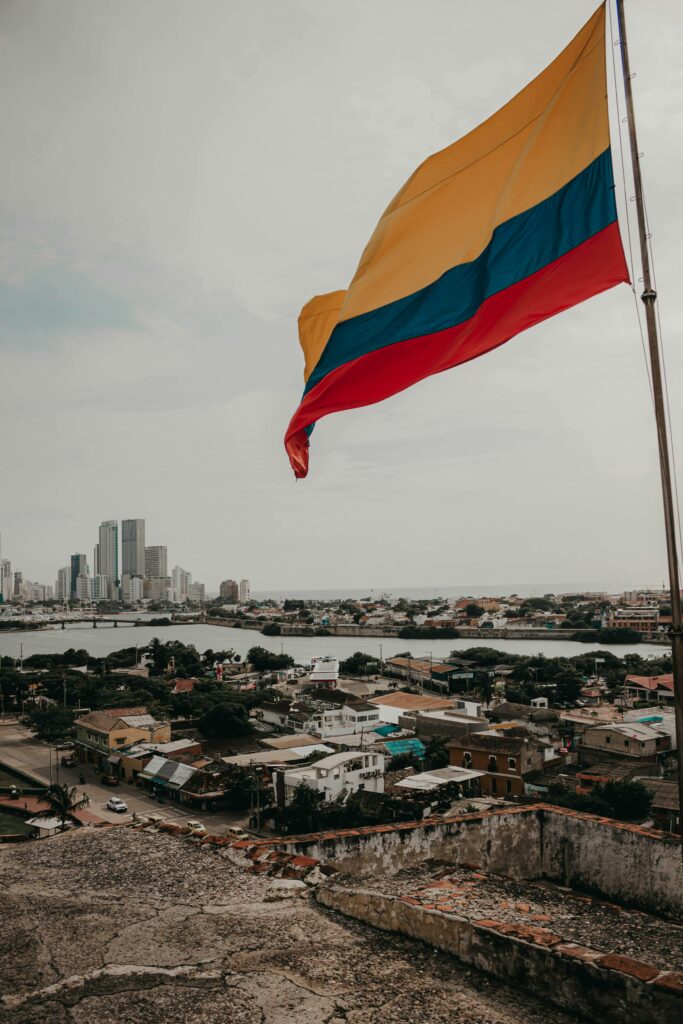

The Cali Cartel
While Escobar’s Medellín Cartel often stole the headlines, the Cali Cartel was equally powerful and ruthless. Led by the Rodríguez Orejuela brothers, the Cali Cartel controlled much of the cocaine trafficking after Escobar’s death. They were known for their sophisticated operations and strategic use of bribery and corruption to maintain their dominance.
Legacy and Impact
The reign of the cartels left an indelible mark on Colombia, with profound social, economic, and political repercussions. The violence and instability they brought also led to significant international intervention and a prolonged war on drugs.
Cartel Tours
Several tour companies in Medellín offer guided tours that delve into the history of Escobar and the cartels. These tours are designed to educate visitors about the impact of the drug trade on Colombia and highlight the country’s efforts to rebuild and move forward.
The Road to Recovery
Colombia has made significant strides in overcoming the dark legacy of the cartels. Major cities like Medellín and Bogotá have transformed into vibrant cultural and economic hubs. Community projects, increased security, and international support have played crucial roles in this transformation.
The story of Pablo Escobar and the Colombian cartels is a cautionary tale of power, corruption, and violence. However, it is also a story of resilience, transformation, and hope. By exploring this history, visitors can gain a deeper understanding of Colombia’s past and appreciate the remarkable progress the country has made in recent decades. Today, Colombia stands as a testament to the strength and determination of its people to reclaim and rebuild their nation.

